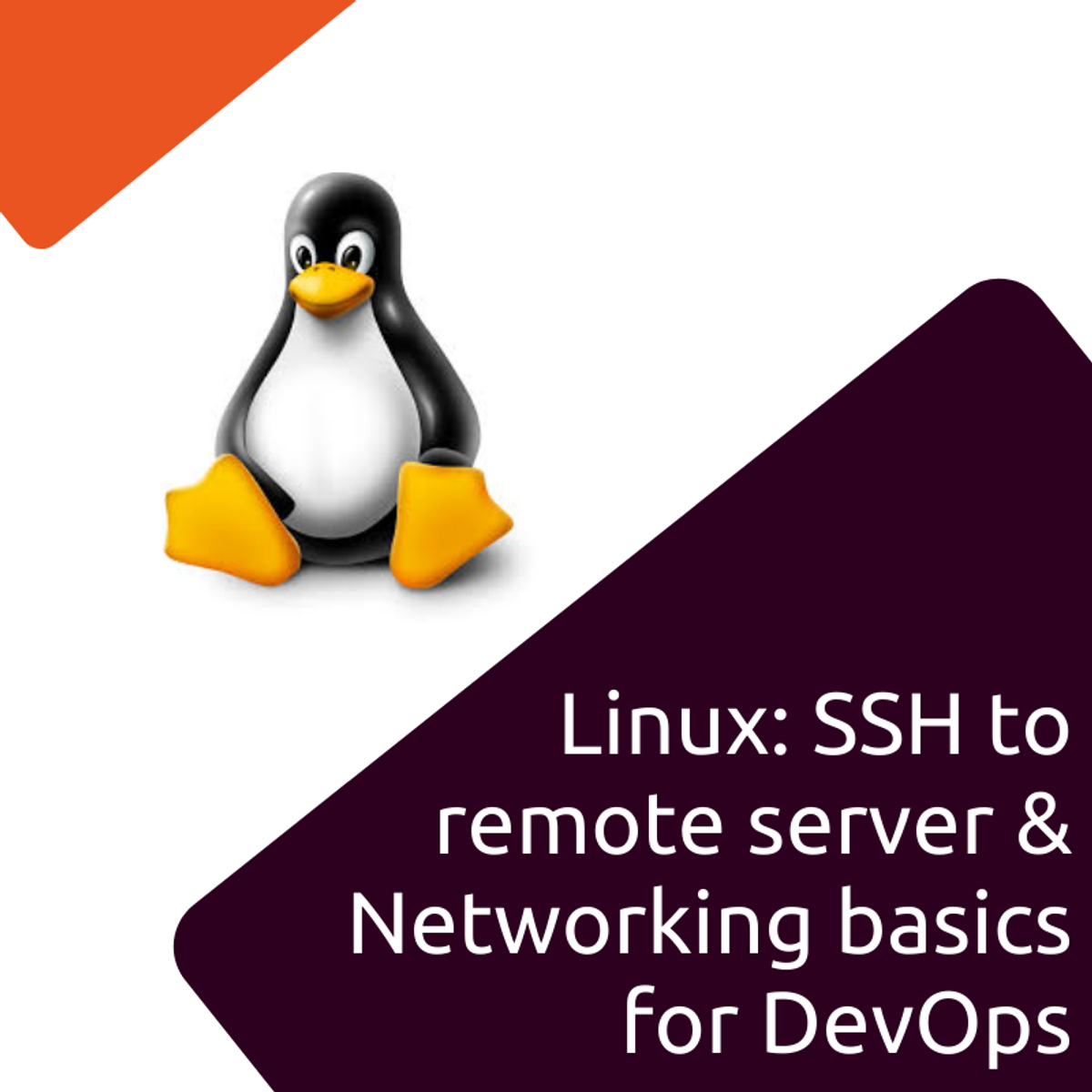Back to Courses









Computer Security And Networks Courses - Page 8
Showing results 71-80 of 277

Architecting Smart IoT Devices
This course will teach you how to develop an embedded systems device. In order to reduce the time to market, many pre-made hardware and software components are available today. You'll discover all the available hardware and software components, such as processor families, operating systems, boards, and networks. You'll also learn how to actually use and integrate these components.
At the end of the course, you will be ready to start architecting and implementing your own embedded device! You'll learn how to debug and finetune your device and how to make it run on a low power supply.

Linux: SSH to remote server & Networking basics for DevOps
By the end of this course, you will have a solid grasp of SSH and authenticating users and client machines to a server. You will further have a working knowledge of some of the most important Networking concepts and commands in Linux.

Blockchain Transformations of Financial Services
The current global financial system is riddled with inefficiencies, uneven developments, and bizarre contradictions. Blockchain technology has the potential to bring about profound changes to financial services. In this course, you will learn how blockchain technology will disrupt the core functions of the financial services industry, offering individuals and organizations alike real choices in how they create and manage value.

DDoS Attacks and Defenses
In this MOOC, you will learn the history of DDoS attacks and analyze new Mirai IoT Malware and perform source code analysis. you will be provided with a brief overview of DDoS Defense techniques. You learn an Autonomous Anti-DDoS Network called A2D2 for small/medium size organizations to deal with DDoS attacks. A2D2 uses Linux Firewall Rate limiting and Class Based Queueing, and subnet flood detection to handle various DDoS traffic types. You learn the new Intrusion tolerance paradigm with proxy-based multipath routing for DDoS defense. By developing and deploying such a new security mechanism, you can improve performance and reliability of the system at the same time and it does not have to be just an overhead. By the end of this course, you should be able to analyze new DDoS malware, collect forensic evidences, deploy firewall features to reduce the impact of DDoS on your system and develop strategies for dealing with future DDoS attacks.
For the pre-requisites, we recommend the learners take the Design and Analyze Secure Networked Systems course to learn the basic security concepts and principles and take the Secure Networked System with Firewall and IDS courses to learn the basic firewall and IDS systems.

Identifying Security Vulnerabilities in C/C++Programming
This course builds upon the skills and coding practices learned in both Principles of Secure Coding and Identifying Security Vulnerabilities, courses one and two, in this specialization. This course uses the focusing technique that asks you to think about: “what to watch out for” and “where to look” to evaluate and ultimately remediate fragile C++ library code.
The techniques you’ll be examining will make your programs perform accurately and be resistant to attempts to perform inaccurately. This is really what the term secure programming means. You will be shown common errors that people make, and then learn how to program more robustly. You will apply tips and best practices to help you improve your programming style and help you to avoid common problems like buffer overflows, which may or may not cause security problems.

Essential Google Cloud Infrastructure: Core Services
This accelerated on-demand course introduces participants to the comprehensive and flexible infrastructure and platform services provided by Google Cloud with a focus on Compute Engine. Through a combination of video lectures, demos, and hands-on labs, participants explore and deploy solution elements, including infrastructure components such as networks, systems and applications services. This course also covers deploying practical solutions including customer-supplied encryption keys, security and access management, quotas and billing, and resource monitoring.

API Gateway: Qwik Start
This is a self-paced lab that takes place in the Google Cloud console.
API Gateway enables you to provide secure access to your services through a well-defined REST API that is consistent across all of your services, regardless of service implementation. In this lab, you will deploy an API on API Gateway to secure traffic to a backend service.

Introduction to the Juniper Contrail Networking Solution
This course will introduce you to Juniper Networks Contrail Networking (CN2) , a cloud-native SDN solution for intelligent networking and security for Telco and IT cloud. You will learn about the concepts of a virtual network, underlays and overlays, as well as tunneling protocols such as VXLAN. The course will explore Network Functions Virtualization (NFV) and software-defined networking (SDN) approaches. You will learn about cloud-native Contrail Networking architecture and integration with orchestrations systems such as Kubernetes. Navigating the Contrail user interface and Contrail’s advanced networking features to create Kubernetes custom networks and multi-interface Pods will also be explored.

IoT Networking
This course builds on the first two courses in this series: IoT Devices and IoT Communications. Here you will begin to learn enterprise IoT. Enterprise networks, from first-hop access to backend IoT services are critical because they allow your IoT devices to reach the Internet and achieve their true intelligence. IoT places extreme demands on first-hop access - ultra-dense deployments challenge spectrum allocation, the need to provide strong segmentation yet let devices reach into IoT services such as gateways and databases. During this week you will begin to learn about these challenges, and the underlying protocols and technologies of wired networks that can help you to address them.

Configure and Verify EIGRP
Welcome to the CCNA 1.7: Configuring and Verifying EIGRP. This project is the seventh in a CCNA learning series that is designed to help you acquire the hands-on skills required to pass the CCNA certification exam.
In this 2-hour guided project, you will configure EIGRP on Cisco routers, troubleshoot EIGRP connectivity, and verify EIGRP routes on Cisco routers.
Popular Internships and Jobs by Categories
Browse
© 2024 BoostGrad | All rights reserved


